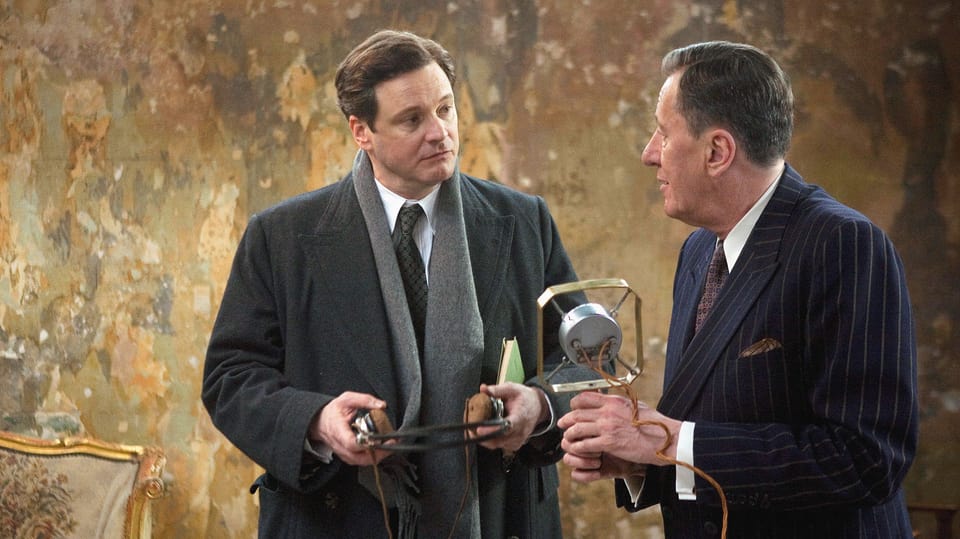After completing Chapter 7: The Sound of Cinema, one might ask themselves: why wasn’t this assigned before we watched The Zone of Interest? The proof is in the pudding. “We’re strongly inclined to think of sound as simply an accompaniment to the real basis of cinema, the moving images.” Experiencing the film without preconceived expectations allows this misconception to dispel organically. Does it take a film as visually and narratively understated as The Zone of Interest to notice the significance of sound? This reading takes us back in time to the evolution of sound…
I really appreciated the differentiation between loudness (the intensity of sound), pitch (how high or low a sound is perceived), and timbre (the unique quality that distinguishes one sound from another). While such elements are important for recorded instrumentation, I was struck by how pitch functions in distinguishing speaking voices from background noise—how much of that is truly within a filmmaker’s control?

I was also struck by the description of the Ping-Pong match from Mr. Hulot’s Holiday, where sound fidelity is manipulated for comedic effect. How much of what we hear in film is informed by what we expect to hear versus the reality of what was actually recorded in the moment? Sound has been historically underestimated in its ability to drive the plot, after all (https://hackettpublishing.com/french_cinema_support/Hulot/english/Extrait8_e.html).
My favorite section of the reading was on diegetic and nondiegetic sound, which I explored in my Big Little Lies shot list. Typically, diegetic sound is steeped in the film’s world, heard by both the characters and the audience, whereas nondiegetic sound is heard only by the audience. However, in The King’s Speech, when King George VI listens to music through his headphones, we hear it with him, challenging these very definitions. This raises an interesting question about internal diegetic sound: though not an inner monologue, it draws us into his auditory experience, blurring the line between perception and shared sound.

In The Conversation, Francis Ford Coppola takes sound manipulation even further, playing with spatial and temporal boundaries. By shifting between diegetic, nondiegetic, internal, and external sounds, he also blurs lines of perception. “Today’s romantic comedy is as densely packed with sound effects as an action picture was 20 years ago,” illustrating how films like The King’s Speech and The Conversation helped push sound design forward.
Not wholly related insights, but a) I loved the tidbit about “Moon River” serving as the emotional centerpiece of Breakfast at Tiffany’s—“psychologists have shown that music in a film triggers changes in heartbeat and other physical responses,” and b) does foreign-language dubbing in films fall under synchronous or asynchronous sound?